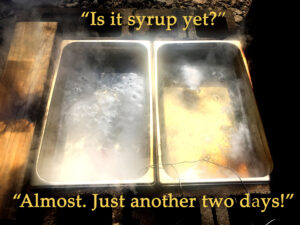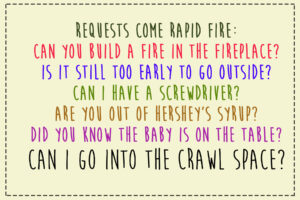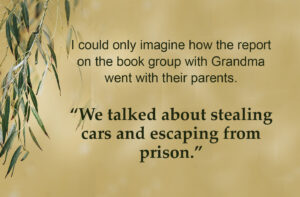Once upon a time, shared rottenness was a widely acknowledged common denominator that united us. Seeing ourselves through a lens of reality often gave us some modicum of compassion for the other guy. It was a “been there, done that” and “there but for the grace of God” mindset.
Today there is little compassion for others. Cancel culture is constantly on high alert, armed and eager to cancel any who dare disagree. Not just the people, but their jobs, their companies, their families, their security, their hope for any future. Cancel culture has such a ravenous appetite for destruction that it even cancels the dead. Such actions may satisfy bloodthirst for a time, but what goes around comes around.
Maybe you heard your mother or grandmother caution that when you point a finger at someone else, you always have three fingers pointed back at yourself.
Cancel culture is not new; it dates to the time of Christ. Jesus was teaching in the temple courts when some men brought to him a woman caught in adultery. (I know, I know. Where was the man?) They announced that the law demanded the woman be stoned.
Jesus bent down and began writing on the ground with his finger. Nobody knows what he wrote. Perhaps it was the Ten Commandments or the names of women with whom some of these men may have committed adultery.
Finally, he said, “Let he who is without sin cast the first stone.” There was likely an awkward silence followed by murmuring and shuffling of feet as the woman’s accusers dispersed one by one.
Walking away was an admission of guilt, a public acknowledgement that they, too, were far from perfect.
Today’s cancel culture does not disperse or walk away—they pick up stones and throw because, in their eyes, they have no guilt. Only others do. Those in the cancel culture of Jesus’ time had the courage and honesty to admit they were, or potentially could be, as flawed as the one they longed to destroy.
Those ready to stone the woman were able to see themselves through the lens of reality. The self-righteous had a moment of self-examination. And so it was that they peeled off, one by one. Only Jesus and the woman remained. Augustine said, “The two were left alone, misera et misericordia.” Translation: misery and mercy.
“Is no one left to condemn you?” the Man of Mercy asked the woman.
“No,” she said.
“Then neither do I. Go and sin no more.”
It was not an acquittal; it was a pardon. It was cancellation of an entirely different sort. The goal had not been annihilation, but redemption and transformation. The transgression was canceled, not the person.
On Resurrection Sunday, Christians around the world celebrate the cancellation of personal sin and transgression. The cancellation is a cleansing of the heart, soul and mind that gives refreshment and renewal to the whole being. Not only is the slate wiped clean, but doors open to new beginnings and fresh starts. Easter celebrates a cancellation that leads to life, not death.









